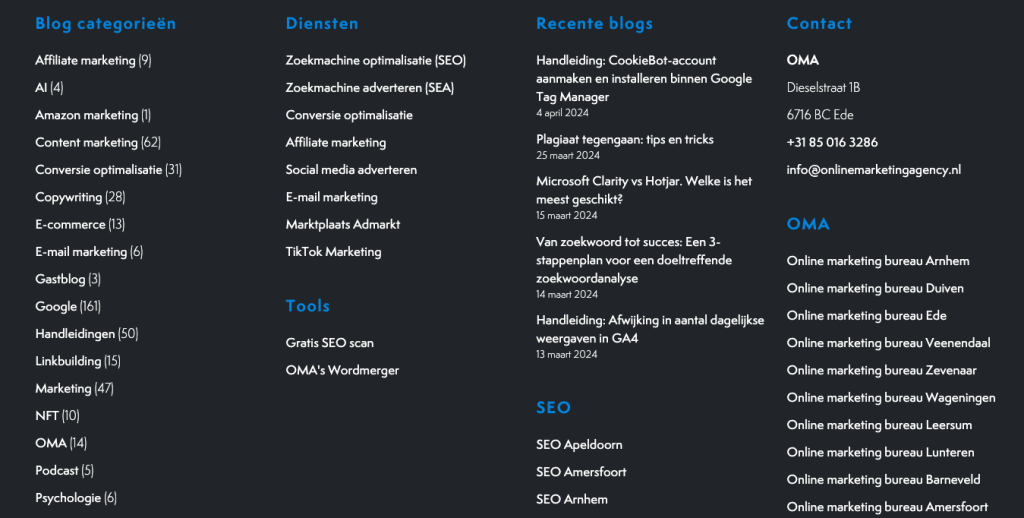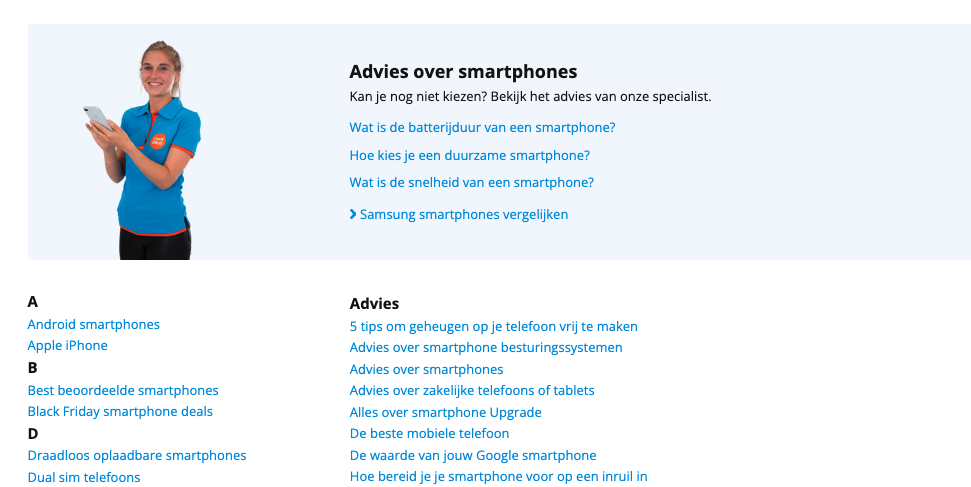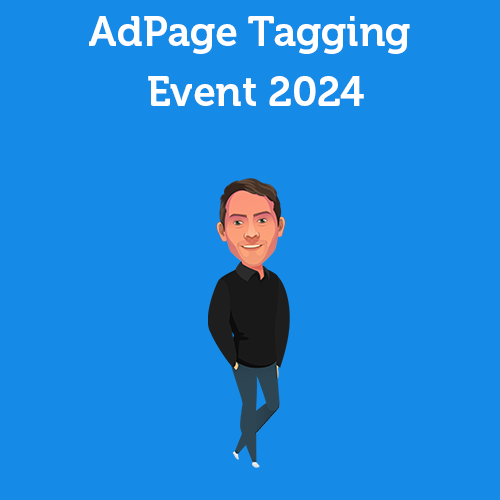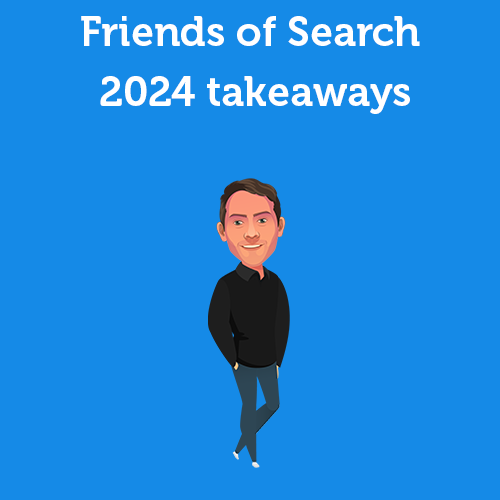Menu
Table of contents
What are footer links?
No doubt you've seen it before, the footer of a website. So to speak, the bottom section of a website. A section often used for hyperlinks pointing to such things as the contact page, privacy policy, sitemap and more. The links in the footer of your website are called footer links.

An example of OMA's footer
The difference between footer links and content links
Thanks to analysis from experts such as Rand Fishkin and Brian Dean, we understand that Google evaluates footer links and content links differently. Content links are seen as more important in this regard. In other words, they have more influence on your online findability. Does that make footer links no longer important? No. Because footer links also have an impact on your findability.
Why are footer links important?
I often hear that parties don't like footer links. We get it. But we still recommend always using this. Simply because it works. At all sites where we implemented footer links, the findability skyrocketed. Footer links divide your crawl budget and link juice and strengthen your internal link structure. This is especially important for pages that don't get a link anywhere else on your website. Think of (local) landing pages, for example.

Footer links can be embedded in many ways, as in this example, making it less of an obstacle to the design of your site
SEO in your footer: the best practices to remember
So footer links in your website are important for SEO. But it is important to keep it as relevant as possible. So think carefully about the logic.
The best guideline in this is Google itself. The goal of Google as a search engine is to help its visitors as much as possible. That is also our goal. Specifically? Group topics together, for example. Or build in a dynamic footer as large parties such as Zalando and Coolblue do. For example, they load in a specific footer for a particular topic (for example, with footer links to different phones, when you're on a smartphone page).

A perfect example of how to make your footer links relevant
Tips for your footer links
In addition to adding footer links to individual (local) landing pages, for example, you can add a host of other forms of links. Links commonly seen include social media links, CTA links, recent/popular blogs, contact information, terms and conditions and return information. Again, consider how you can best help your target audience. So primarily use the footer links that are most relevant to visitors.











Written by: Igor van den Ende
Igor is an online marketer at OMA. With a black belt in karate as well as digital marketing, he wipes the floor with your online competition.